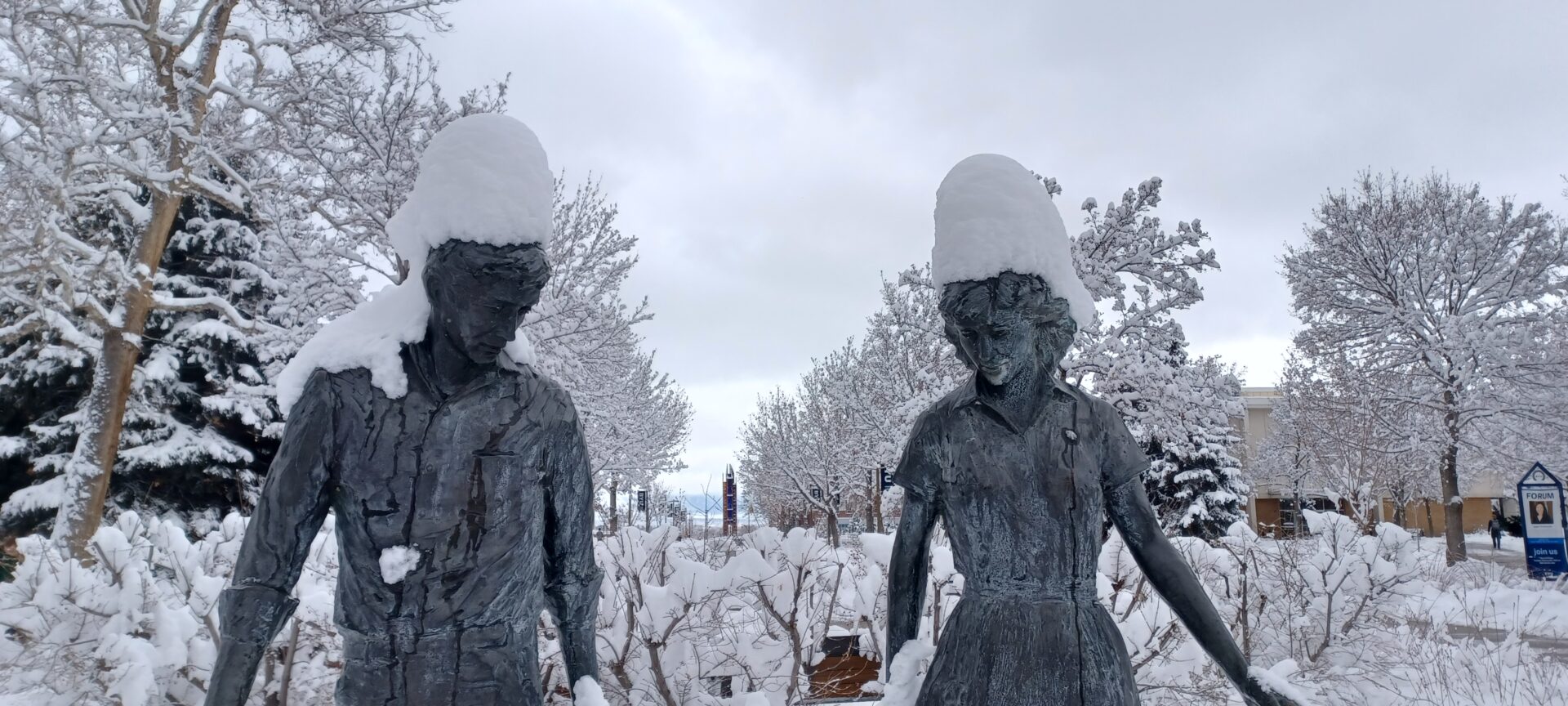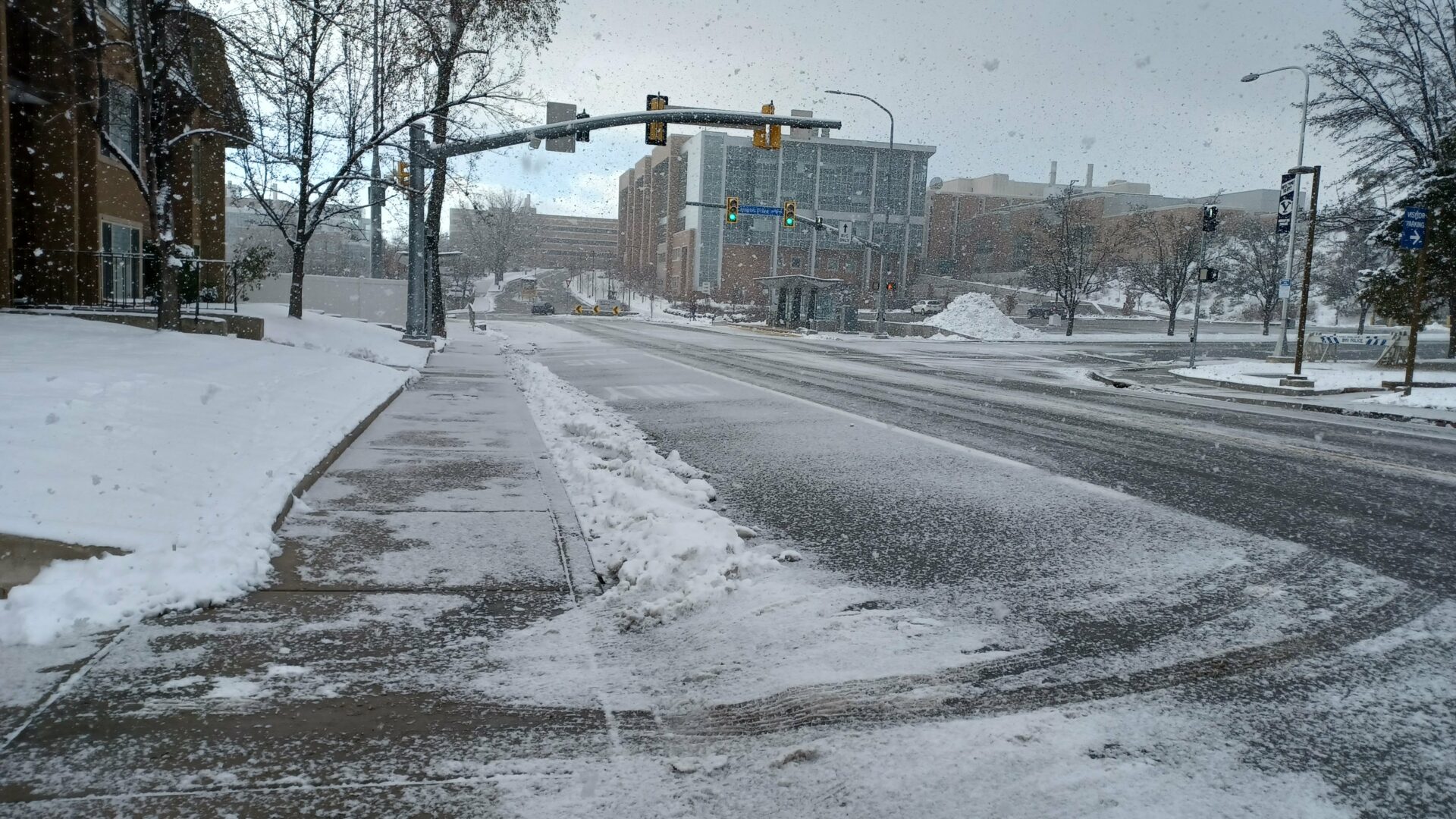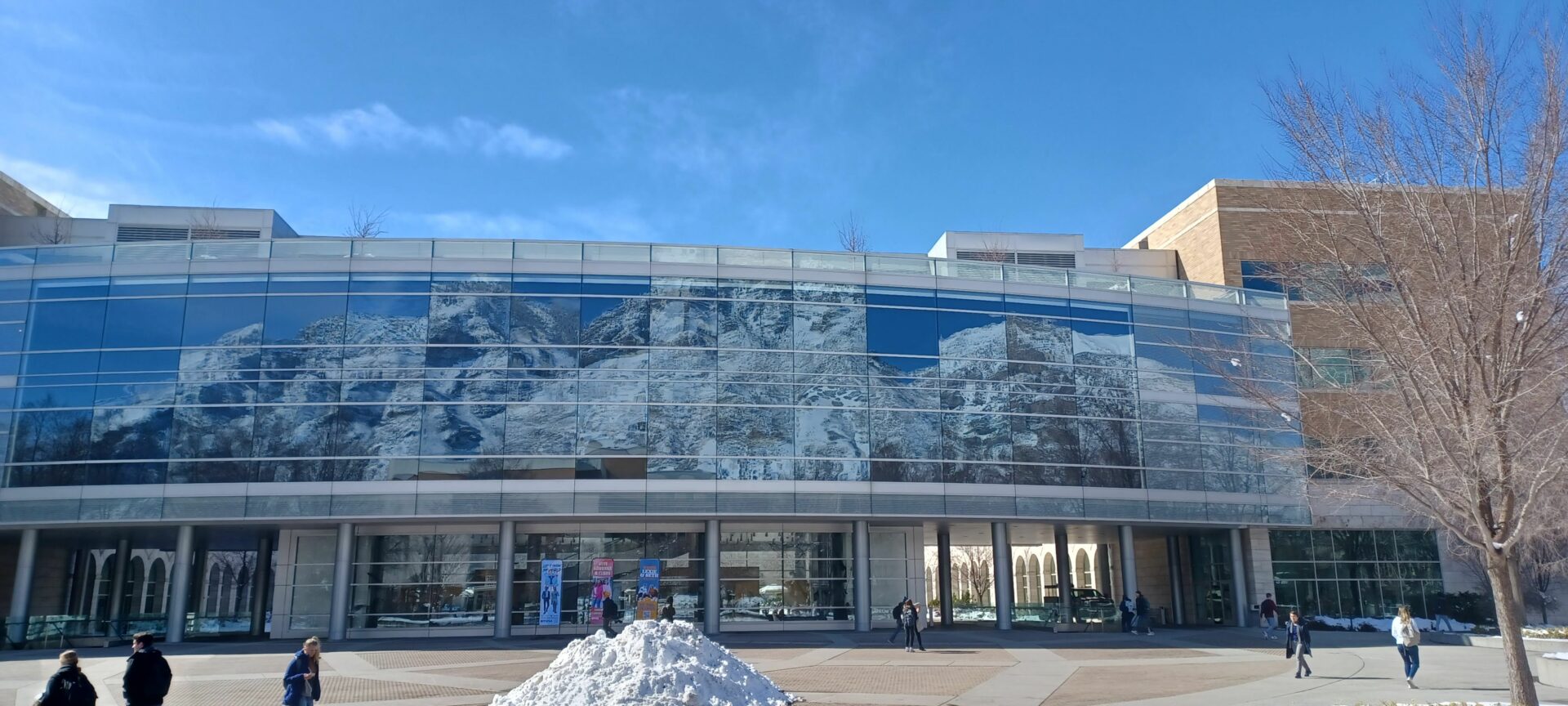An ounce of prevention is worth a pound of cure, so follow these winter tips to keep safe and sound during this year’s upcoming snowy season.

Fire Safety
Sam Armstrong of Provo Fire and Rescue shared tips to stay safe while staying warm and festive indoors. First, he recommended everyone check the batteries on their smoke alarms and carbon monoxide alarms.
“Many newer ceiling-mounted detectors are now a combination smoke and CO (carbon monoxide) detector and need to be checked twice per year so that you can be reminded of when it should be replaced,” Armstrong said.
Keeping smoke and carbon monoxide alarms up to date keeps everyone within the home safe in an emergency and also prevents low-battery chirps from interrupting your sleep, he said.
“Now is a great time to evaluate your home and ensure that the vented cold air return for your heater and water heater is clean and has nothing blocking air flow. In addition, the mechanical closet or area where these appliances are installed should not have any combustible materials in them and should not be used for storage,” Armstrong said.
He also reminded students to never idle a car in a garage or confined space, as carbon monoxide can seep through doors, walls and concrete.
“Carbon monoxide is an odorless, colorless gas that mixes completely in air, so there is no smell or high/low area that is safer. The key is to evacuate and call for help,” Armstrong shared.
Should anyone question their safety, Armstrong advised people to call for assistance. A call can be made to an apartment building’s maintenance department, Dominion Energy (the natural gas company) or 9-1-1 in emergencies, such as if an alarm sounds and someone is feeling ill.
He also reminded students of increased risks related to holiday traditions.
“Fire is a tool, and even when used for birthdays or accent lighting, the holiday season brings … significant fire potential,” Armstrong said. “Safer alternatives to fire-light include using LED flicker candles and holiday sachet or spray scents rather than wax. If candles must be used, place them on a noncombustible base or plate large enough that it can catch melting wax, and remember to extinguish and discard candles before they burn all the way to the base.”
Keeping safe includes being aware of your surroundings at all times, Armstrong said, especially when cooking.
“If cooking holiday meals outside, turkey and other food items should be thawed completely prior to cooking and should never be cooked over flame or in oil inside a garage or other structure,” he said.
He also urged students to be careful while cooking, setting multiple timers to turn off appliances.
“More than 65% of home fires start in the kitchen, so never leave cooking food unsupervised,” Armstrong advised. “Cooking with oil can be especially dangerous and even without fire, splash potential and burns should be considered. The fastest and easiest way to reduce or eliminate fire potential is to reduce heat. If something on or in the stove is smoking, turn it off.”
Winter Driving

Cougar Drive and the LSB in the snow. Snowy winter weather can create dangerous driving conditions. (Makenzie Gudmundson)
Here are some safety precautions to take before the first flakes begin to fall.
“Tires are the best place to start”, Utah Highway Patrol Sergeant Cameron Roden said.
Roden noted purchasing winter tires, designed to increase traction in winter driving conditions, is often not feasible for many students, and instead encouraged drivers to ensure their current tires have suitable traction.
“Make sure you inspect your tires, that they’ve got the proper tread so they aren’t bald. If it’s slick, you’ll have an easier time not losing control. Make sure that the pressure on your tires is what it should be,” Roden said.
To check tire tread, Roden explained drivers will want to look for a “wear bar”. There is a legal limit to how worn your tires may be before replacement, but if you’re unsure, he said you may want to get a professional’s opinion. Roden also noted tire pressure changes with the weather, which a professional can also assist with.
“The tread depth and the tire pressure is what is going to make it so that you can actually maneuver and avoid crashing,” Roden said.
A local mechanic at Cougar Tire, Rod Hansen, seconded Roden’s advice, adding that most cars get 70% of their stopping power from their front-end tires, making the tire tread on these even more crucial.
Roden additionally recommended taking the time to check windshield wipers and fluids in the car.
“If your windshield wipers are not adequately clearing off snow or moisture off your windshield, that can make it really hard to see and if you get water on your windshield that re-freezes, and your windshield wipers don’t clear it off, visibility can be an issue,” Roden said.
Sergeant Roden also noted it is important to select windshield wiper fluid that is made for freezing temperatures to prevent the fluid from freezing to the windshield, obstructing visibility.
“Check your headlights. Helping other drivers to be able to see you in poor driving conditions is another helpful tip,” Roden said.
After ensuring the car is well-maintained and safe to drive in winter conditions, Roden recommended learning a bit about driving in winter conditions.
“Knowing the things that cause crashes in slick conditions is a good place to start,” Roden said. “Go out and get a little bit of experience driving in the snow because stopping distances are changed, and the need to reduce your speed and following distance are crucial. Going out and getting a little bit of experience in the snow, but also knowing how those changes in our behavior in those conditions affects your driving,” he said.
Roden emphasized it is very important to leave early in snowy conditions, so you are never rushed.
“What we see in highway patrol, and law enforcement in general, is speed in winter conditions is what causes most crashes. That, and following too closely,” Roden said.
He referred winter drivers to Zero Fatalities’ winter driving course to learn about safe winter driving.

BYU Risk Management provides resources for winter weather safety at home and in the car. Their website also has resources for safe winter walking and winter safety at work.




